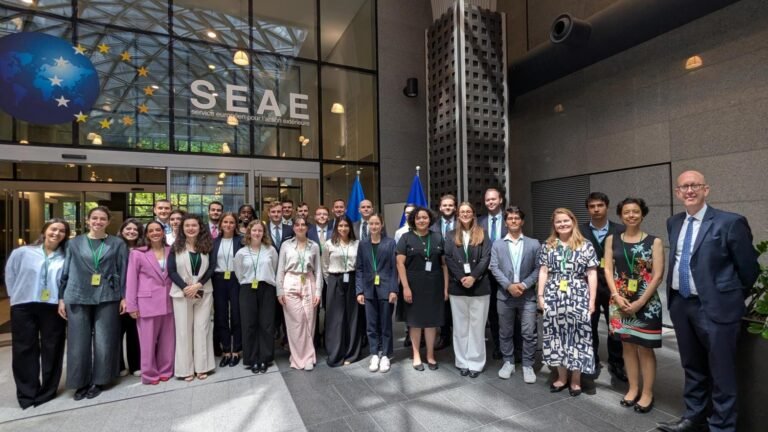
Researchers at Eötvös Loránd University have developed a new artificial intelligence method that can generate realistic drone footage of landscapes as they appeared hundreds of years ago.
The technique, detailed in the journal Land, aims to help scientists, planners, and the public better understand how environments such as the Hungarian Great Plain looked before extensive human intervention. This understanding could guide current land management decisions, including water retention efforts in drought-prone areas.
The Great Hungarian Plain, once partly marshy and swampy, was transformed in the 19th century by river regulation projects into farmland. In recent decades, recurrent droughts linked to climate change have raised concerns about the sustainability of this altered landscape.
The research team, led by Gusztáv Jakab from the Institute of Geography and Earth Sciences, used modern drone images combined with AI tools like ChatGPT and Adobe Firefly to recreate photorealistic views of the region as it might have appeared 200–250 years ago. The process involves carefully removing modern elements such as roads and power lines while adding historically accurate features like native plants and animals.
The study also explores generating historical landscapes from old maps, offering a way to verify the visual reconstructions by comparing them to present-day drone photos or satellite images.
What might seem like a novel technological curiosity offers a powerful, evidence-based visualisation tool. It helps researchers and policymakers understand historical landscape functions and supports strategies aimed at restoring water retention in vulnerable areas.
Source: Eötvös Loránd University






